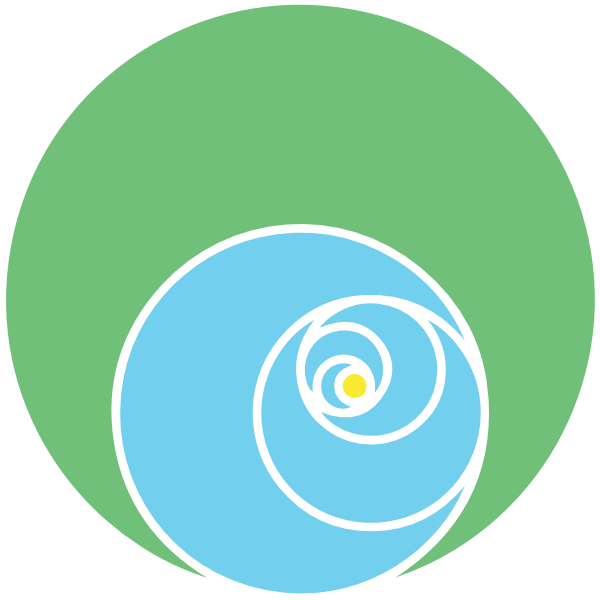1. Practice on an empty stomach!!! Wait at least 3 or 4 hours after a meal before you practice yoga. Water or herbal tea can be taken in small quantities before a session if necessary. Do not drink water during or immediately after a session. Wait at least 30 minutes.
2. Empty intestine and bladder before a session. The Sun Salutations, standing poses and inverted poses will help the evacuation of the bowel and will improve the function of the intestines. A day of fasting is recommended when suffering from flu, colds or indigestion. Fasting makes the body more flexible. Eating too much is an obstacle for the correct practice of asana and pranayama.
3. Please come to class bathed & wearing clean clothes [mats & rugs too]. Cleanliness (śaucha) is part of the eight limbs of yoga. It also brightens mental dullness, calms restlessness and makes practice more pleasant.
4. Clothing must be comfortable and elastic. Shorts, T-shirt, leggings are advised because they show the exact position of the body which must be free of necklaces, watches, rings etc. Do not wear socks during the session, but if you like you may wear them for the relaxation session.
5. Be ready to sweat profusely. Massage the sweat into the body instead of removing it with a towel. Do not drink during the session. If your throat is dry a sip of water is enough. Saliva is enough to wet the throat. Do not be afraid to sweat or feel tired. Concentrate on the breath and in moving with more awareness and stability in your lower abdomen. With the breathing and movement a new energy will emerge, eliminating tiredness, strengthening the mind and body.
6. Do not force the posture or movement. Keep the face muscles relaxed, let go of any anger or frustration with your body. Yoga is a chance to work with your emotions rather than denying or directing them outwards.
7. Breath awareness is the basis for the correct practice of asana. During asana practice the Ujjayi breathing technique is used. The throat must be relaxed and open, the glottis slightly closed. The air going in and out will produce a sound; the quality of the breathing of the Ujjayi technique must be soft, deep and strong. Breathing is complete when the lungs are empty or full. A deep exhalation will finish under the belly button. A deep inhalation will expand the back, the lumbar region, diaphragm and chest, filling the area of the heart.
8. Drishti is the gazing point which is important in Ashtanga Yoga. Attention on the breath is closely connected with the direction the eyes are looking in. In each position and during the movement between one position and another there is a specific place to look. Often the gaze is directed at the tip of the nose, between the eyebrows, at the belly button, the tips of the fingers, the feet, forwards or sideways. After some years of practice, the gaze gives balance and has a relaxing effect on the mind and the body. It opens the Sushumna Nadi (the main energy channel). The use of the gazing point must be approached in a relaxed manner in order to avoid headaches.
9. During the practice make careful use of Mula Bandha (Root Lock) and Uddiyana Bandha (Abdominal Lock). Mula Bandha is the contraction of the anus which includes the contraction of the perineum and the pelvic floor. Uddiyana Bandha is the contraction of the lower abdomen towards the spine engaged by drawing the root of the belly button towards the kidneys. This prevents the abdominal organs from falling downwards and allows the full expansion of the diaphragm. These Bandhas (locks) are the basis of asana and pranayama, even though mastery requires years of practice.
10. Vinyasa – The synchronization of breath and movement between postures is important and is a fundamental part of the practice. The way in which you enter and leave a position is part of the form. Breathing is always carefully synchronized with the movement, as is the gaze.
11. There is logic in the order of the asanas. Vinyasa means movement synchronized with the breathing. Breathing is the heart of this discipline and links one asana to another in a precise order. Each posture or group of postures has a particular effect which can be balanced by another posture or group of postures. This is essential in order to accumulate the beneficial effects of the asanas and protect and balance the body and mind. If the Vinyasa is used, illness becomes rare and rapid progress in the practice is made.
12. In the Vinyasa method taught by Sri K. Pattabhi Jois, the postures are combined in series which vary in difficulty and effect. The first series is therapeutic and corrects the balance between mind and body. The intermediate series continues this but goes deeper, opening the Nadis or nervous channels which are similar in concept to the meridians in acupuncture. The advanced series works still deeper, increasing stability, strength, balance and the flexibility of the body and mind.
13. The final relaxation stage is very important and is the chance to enter into a meditative state. Without relaxation you may be tired and irritable.
14. There is one day a week of rest from practice. During the period of menstruation women should rest the first three days and not assume inverted postures.
15. Ashtanga means eight limbs and refers to the eight aspects of yoga practised and explained in Patanjali’s Yoga Sutras.
